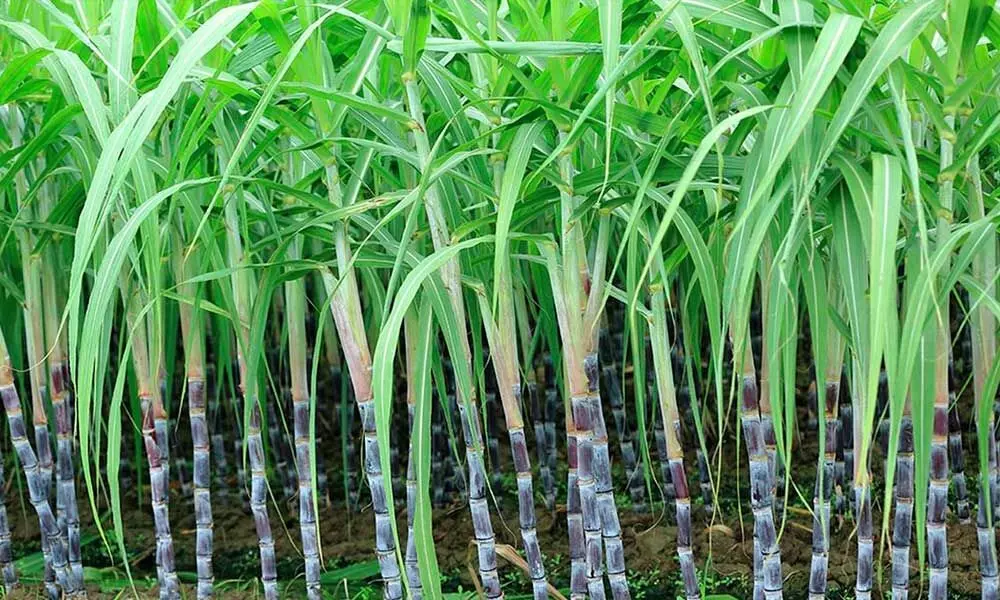Govt looks to advance 20% ethanol blending target
The deadline may now be advanced to 2025 or as early as 2023
image for illustrative purpose

New Delhi: The Central government has proposed to advance the deadline for blending 20 per cent ethanol in petrol from the earlier announced 2030.
Sources said that the deadline may now be advanced to 2025 or as early as 2023 to allow sugar mills to convert excess sugarcane or sugar for producing higher quantity of ethanol required for blending with petrol.
The government had earlier fixed a target of 10 per cent ethanol blending by 2022 and 20 per cent by 2030. But the plan now is to directly migrate to 20 per cent as the level of blending is successively being used in blunt rows such as Brazil.
The advancing of date is also being looked at as India will not be able to extend financial help for marketing and transport of excess sugar beyond 2023 as per WTO conditions. This will block funds to the tune of Rs 20,000 crore of sugar mills for the unsold stock of sugar affecting their liquidity position resulting in accumulation of cane price arrears of farmers.
Avenues to use excess sugar to producing ethanol would provide alternative revenue stream to sugar farmers while giving higher amount of bio fuels for use by the automobile sector that will help in green initiatives of the government. As part of reworked plan on bio fuels, the ministry of road transport and highways has already published a draft notification for introducing the adoption of E20 fuel, ie, blend of 20 per cent of ethanol with petrol, and has sought comments from the public.
Apart from facilitating adoption of green fuel, E20 blending would also cut down India's crude oil import bill which stands at a whopping Rs 8 lakh crore. This is also expected to boost the ethanol economy.
The use of 20 per cent ethanol blended petrol will also test the ability of vehicles to use this bio fuel. Auto companies will come out with compatibility studies of vehicles for using the bio fuel that will help in reducing emissions of carbon dioxide, hydrocarbons. Vehicles will also display their compatibility by wearing a clear mark through a sticker. (IANS)

